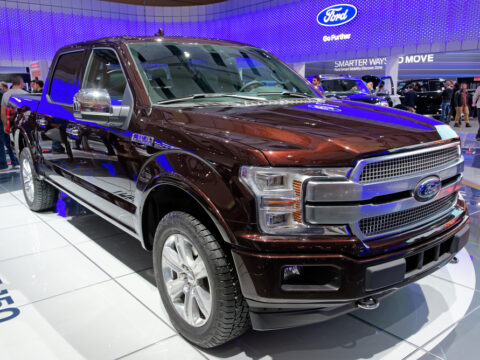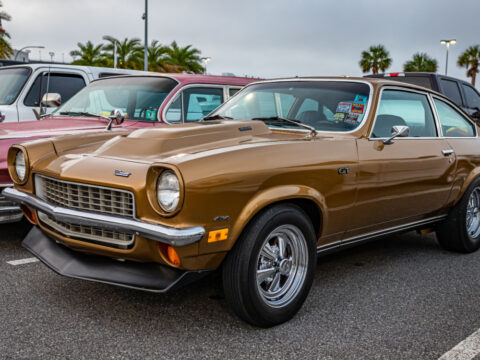Concept cars often represent the pinnacle of a brand’s innovation and creativity, showcasing groundbreaking designs and cutting-edge technologies that captivate automotive enthusiasts and industry experts alike. However, not all concept cars make it from the drawing board to the production line. Many of these ambitious projects remain tantalizing glimpses into what could have been, halted by practical challenges, market conditions, or strategic shifts within the company. Here, we explore some of the most infamous concept cars that, despite their potential to revolutionize the automotive world, never reached mass production.
Contents
Nissan IDx
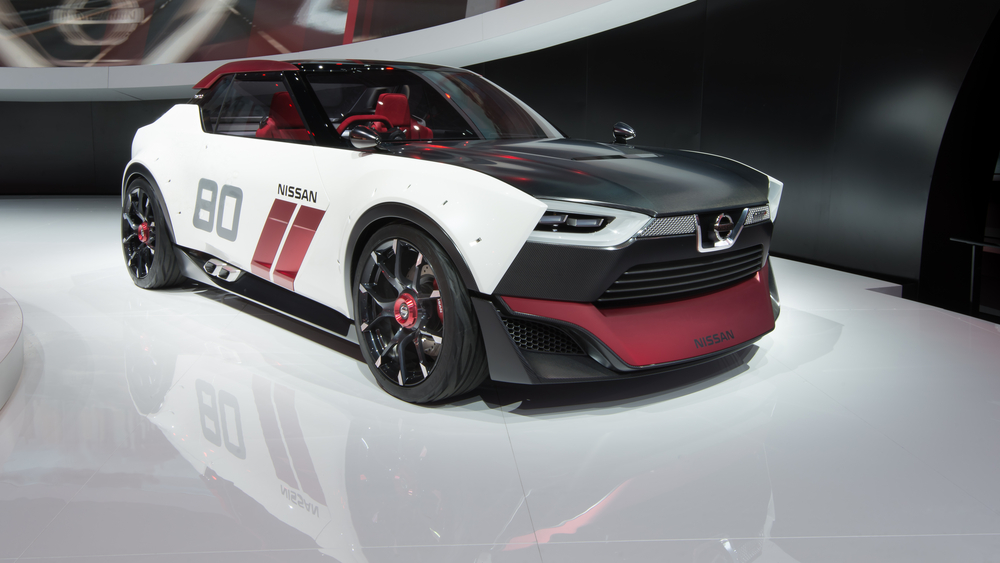
The Nissan IDx concept, unveiled at the 2013 Tokyo Motor Show, was a nostalgic nod to the Datsun 510. Its retro design, compact size, and sporty features excited enthusiasts. Despite the buzz, Nissan decided against production due to market conditions and the company’s strategic focus on electric vehicles. The IDx remains a beloved concept, symbolizing what could have been a modern revival of a classic.
Aston Martin Bulldog
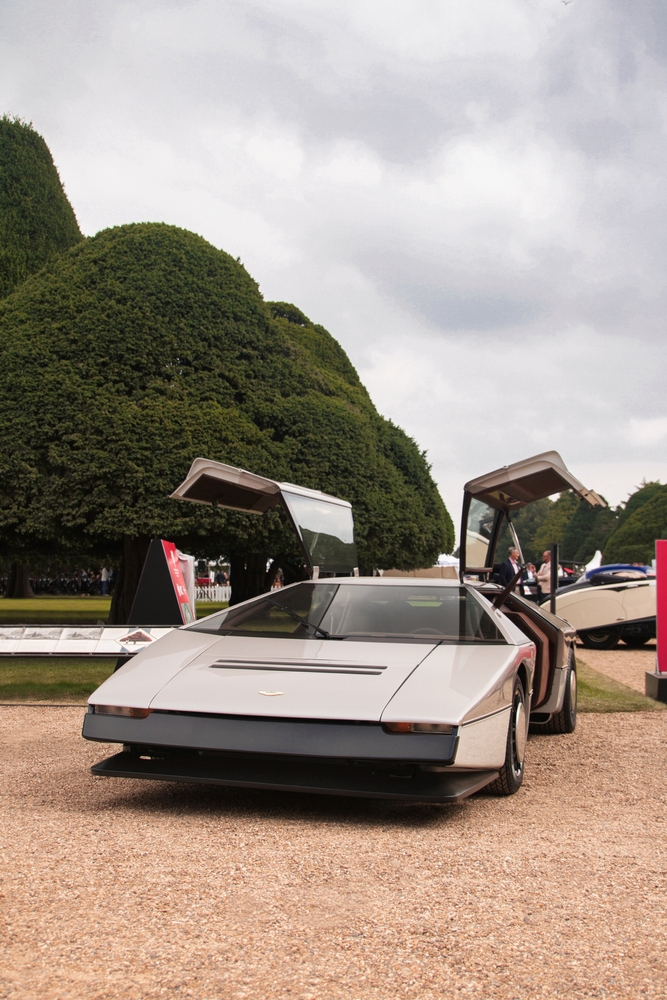
The Aston Martin Bulldog, introduced in 1980, was a futuristic wedge-shaped supercar with gull-wing doors and a projected top speed of over 200 mph. Despite its advanced design and engineering prowess, the Bulldog was deemed too radical and costly to produce. Only one prototype was made, serving as a testament to Aston Martin’s ambitious but impractical vision.
Toyota FT-HS
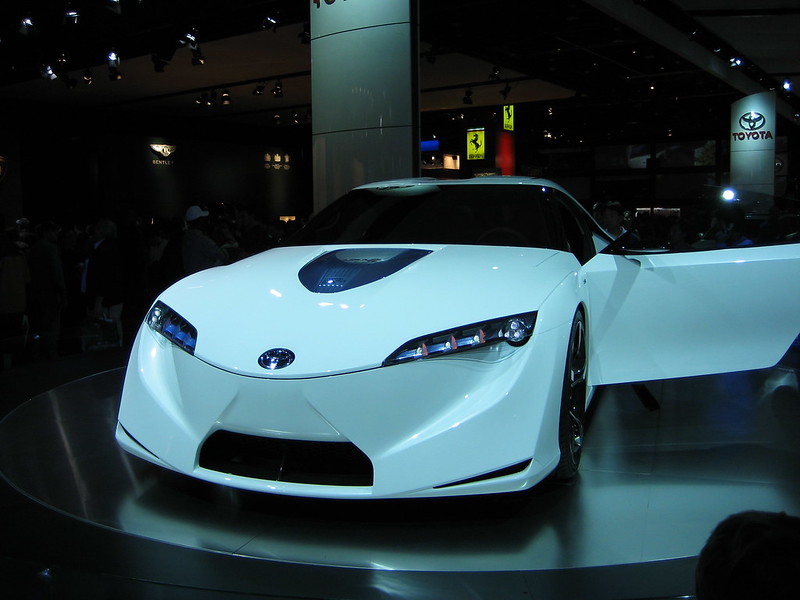
The Toyota FT-HS, introduced in 2007, was a hybrid sports car concept aimed at combining high performance with environmental sustainability. Its bold design and innovative hybrid technology drew significant attention, but Toyota decided against production and instead focused on more mainstream hybrid models. The FT-HS remains a notable example of Toyota’s forward-thinking approach to sports cars.
Porsche 919 Street
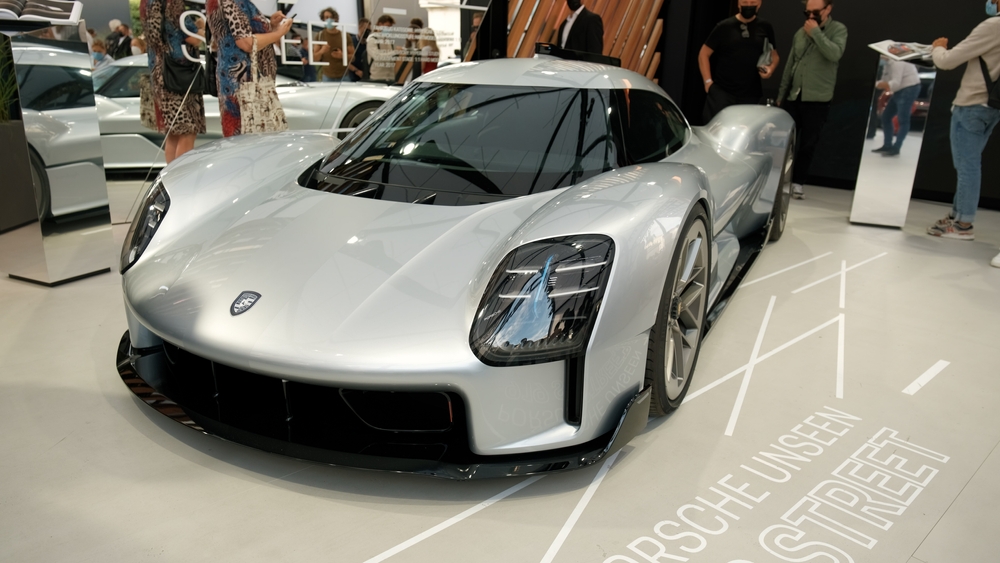
The Porsche 919 Street concept was a street-legal version of the Le Mans-winning 919 Hybrid race car. Introduced in 2017, it promised incredible performance and cutting-edge technology. Despite its appeal, the 919 Street was never produced, likely due to the high costs and complexities associated with adapting race car technology for everyday use. It remains a dream car for Porsche enthusiasts.
BMW M8
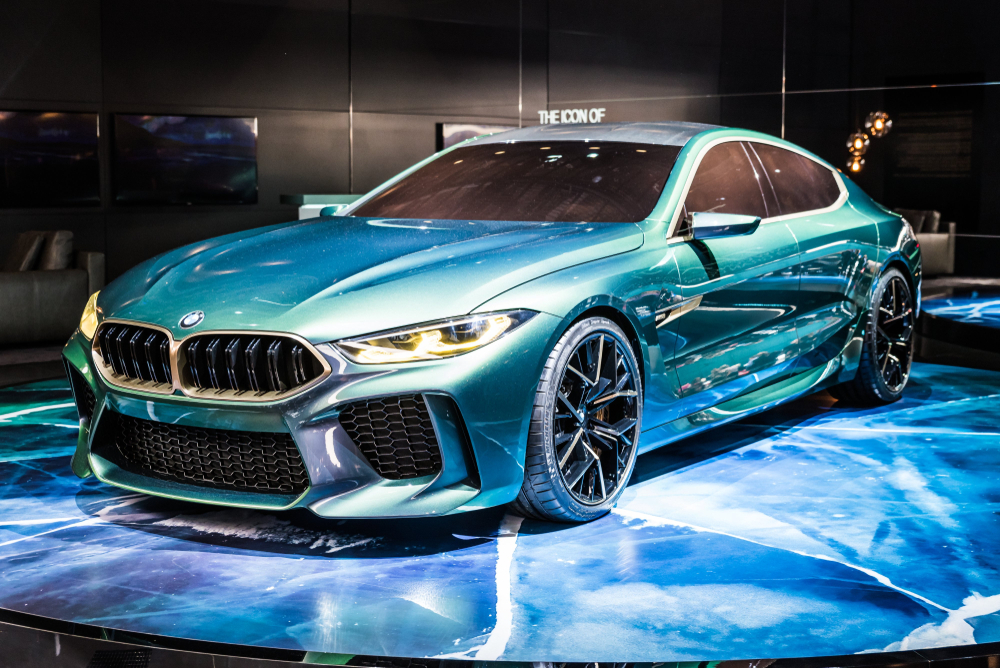
The BMW M8 concept, based on the 8 Series coupe, was developed in the early 1990s as a high-performance grand tourer. Despite its impressive V12 engine and advanced features, BMW decided not to proceed with production, partly due to economic downturns and shifting market demands. The single prototype is now a legendary piece of BMW’s history, showcasing what might have been the ultimate grand tourer.
Cadillac Sixteen
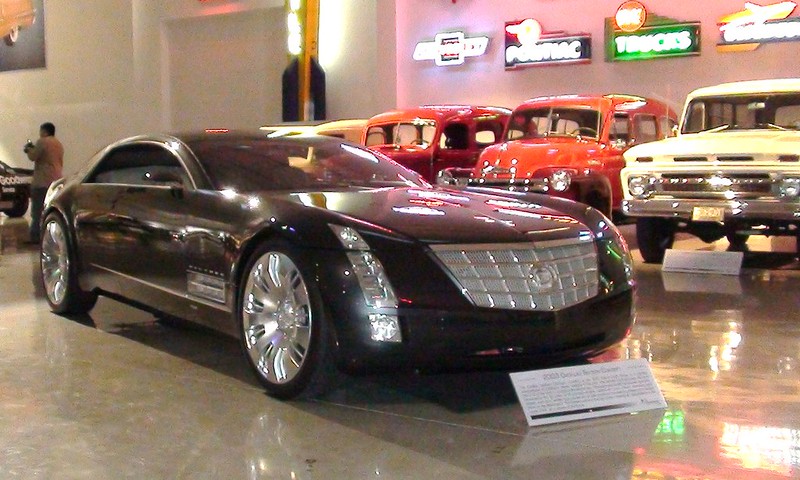
The Cadillac Sixteen, unveiled in 2003, was a stunning concept car with a 16-cylinder engine and opulent design. It aimed to showcase Cadillac’s potential for ultra-luxury and performance. Despite its impressive reception, the Sixteen was deemed too extravagant and expensive to produce. It remains an iconic concept, symbolizing Cadillac’s ambitious vision for the future of luxury automobiles.
Volkswagen Nardo
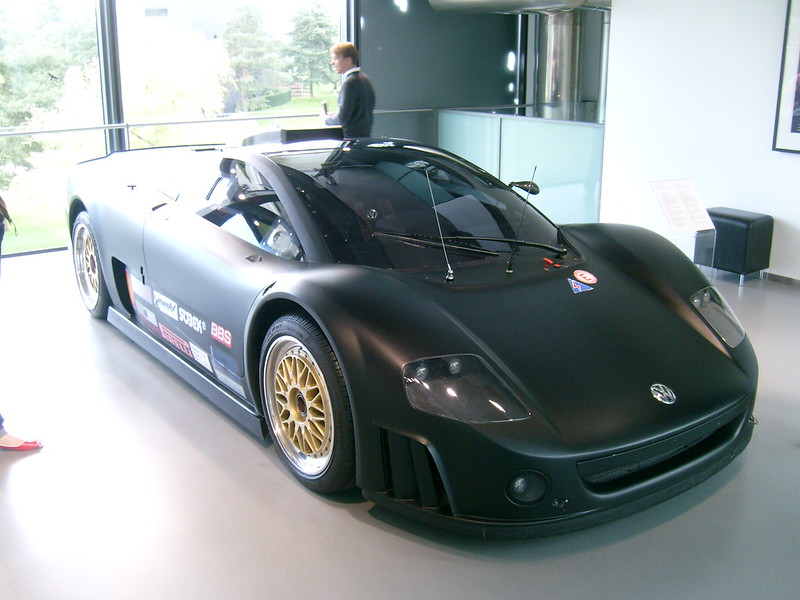
The Volkswagen Nardo, also known as the W12, was a supercar concept introduced in 2001. Its 12-cylinder engine and sleek design aimed to position Volkswagen in the high-performance segment. Despite its impressive specs and record-breaking speed attempts, the Nardo never made it to production due to strategic shifts and the high costs of entering the supercar market.
Audi Avus
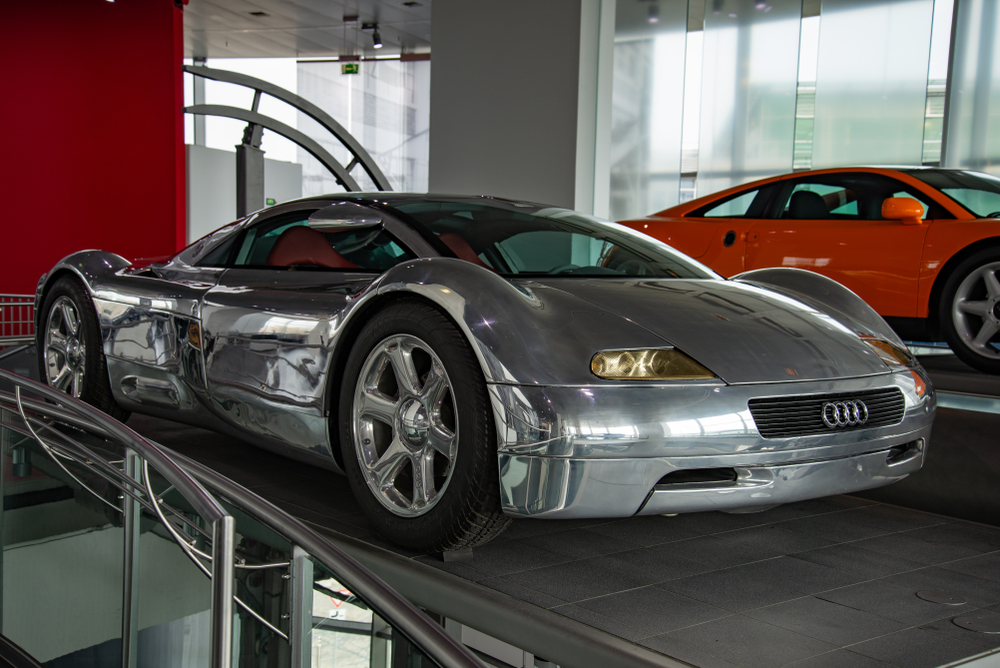
The Audi Avus concept, revealed in 1991, featured an aluminum body and a futuristic design that captivated audiences. Its W12 engine and innovative construction techniques were ahead of their time. However, the Avus remained a concept due to the high costs and technical challenges of mass-producing such an advanced vehicle. It stands as a symbol of Audi’s forward-thinking vision.
Jaguar C-X75
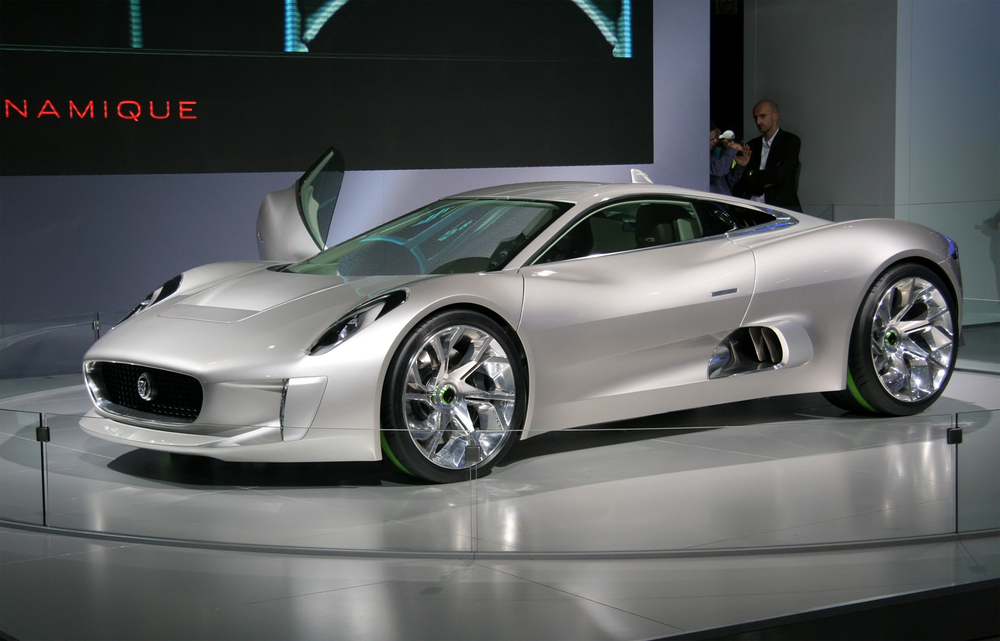
The Jaguar C-X75, introduced in 2010, was a hybrid supercar concept with stunning design and groundbreaking technology. Its combination of a gas turbine engine and electric motors promised exceptional performance and efficiency. Despite significant interest, the project was canceled in 2012 due to economic uncertainty and shifting corporate priorities. The C-X75 remains a symbol of what could have been a revolutionary supercar.
Chrysler ME Four-Twelve
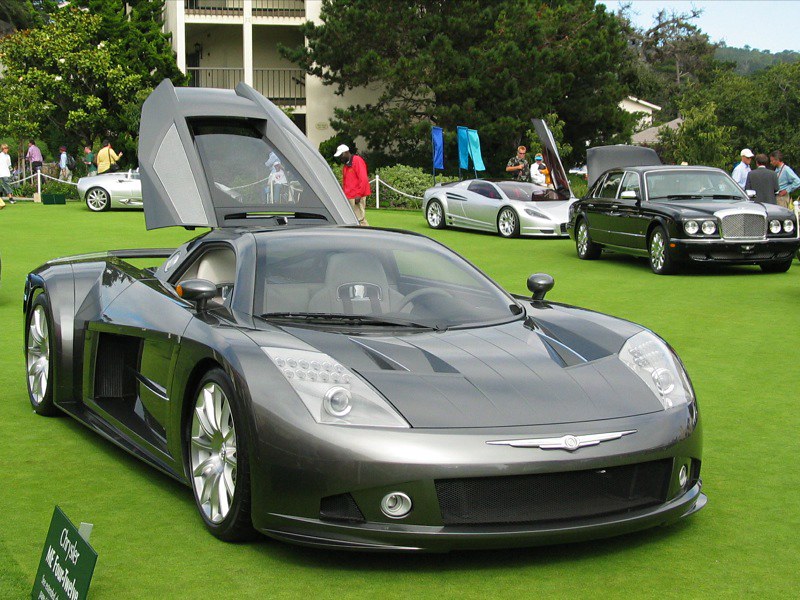
The Chrysler ME Four-Twelve unveiled in 2004, was a quad-turbocharged supercar concept with a staggering 850 horsepower. Its performance figures and design wowed audiences, but the project was ultimately shelved due to the high development costs and Chrysler’s financial instability. The ME Four-Twelve exemplifies Chrysler’s ambitious but unfulfilled supercar aspirations.
Chevrolet Aerovette
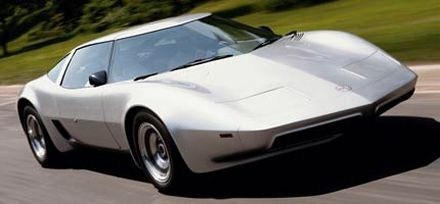
The Chevrolet Aerovette, introduced in the 1970s, was a bold mid-engine sports car concept that promised to bring revolutionary design and performance to the Corvette lineup. Its aerodynamic shape and rotary engine technology garnered significant attention. However, General Motors ultimately decided to stick with the traditional front-engine layout for the Corvette due to production complexities and cost concerns. The Aerovette remains an intriguing “what if” in Corvette history.
Mazda Furai
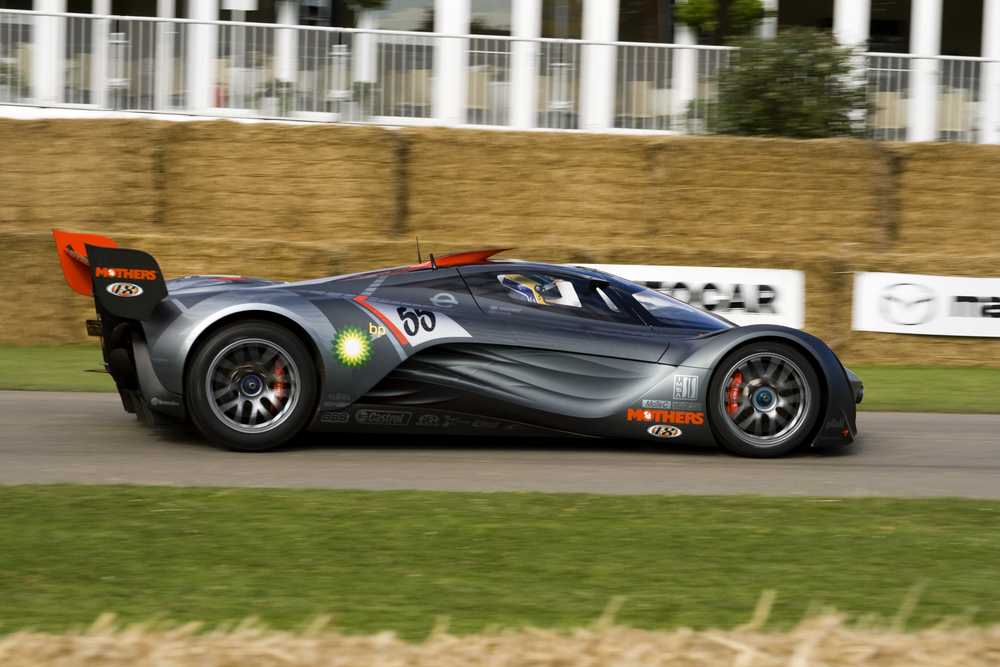
The Mazda Furai revealed in 2008, was a futuristic race car concept with a rotary engine running on ethanol. Its radical design and performance capabilities were widely praised. However, the Furai was never intended for production, and its unfortunate destruction in a fire during testing marked the end of its brief but impactful existence. It remains a favorite among concept car enthusiasts.
Lamborghini Estoque
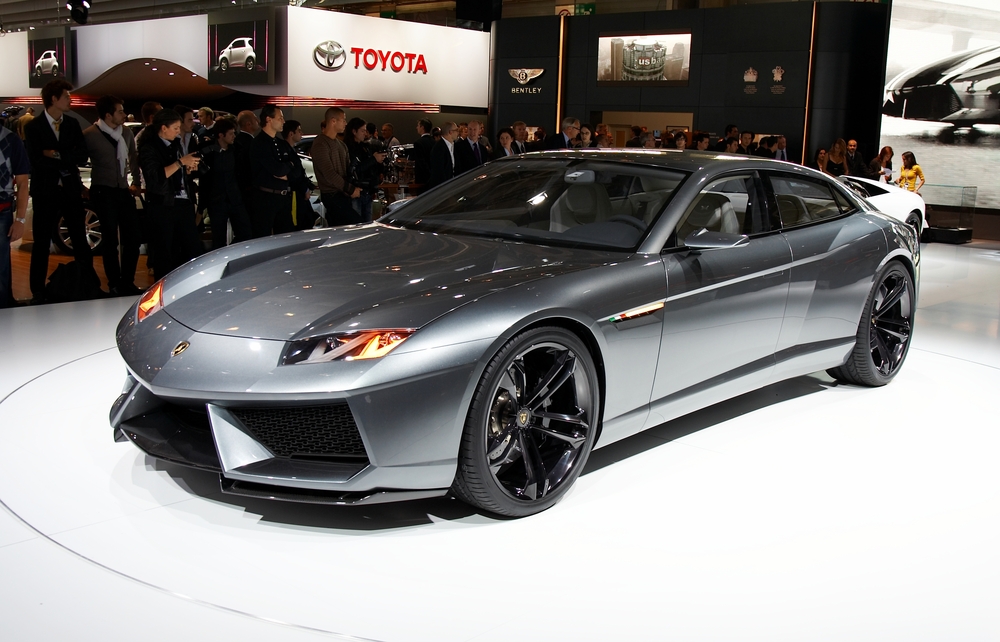
The Lamborghini Estoque unveiled in 2008, was a four-door sedan concept that aimed to expand Lamborghini’s lineup beyond its traditional supercars. The Estoque combined Lamborghini’s signature aggressive design with the practicality of a sedan. Despite the positive reception, the global financial crisis and Lamborghini’s strategic focus on its core supercar models led to the project’s cancellation. The Estoque remains a unique chapter in Lamborghini’s history of bold design.
Infiniti Emerg-E
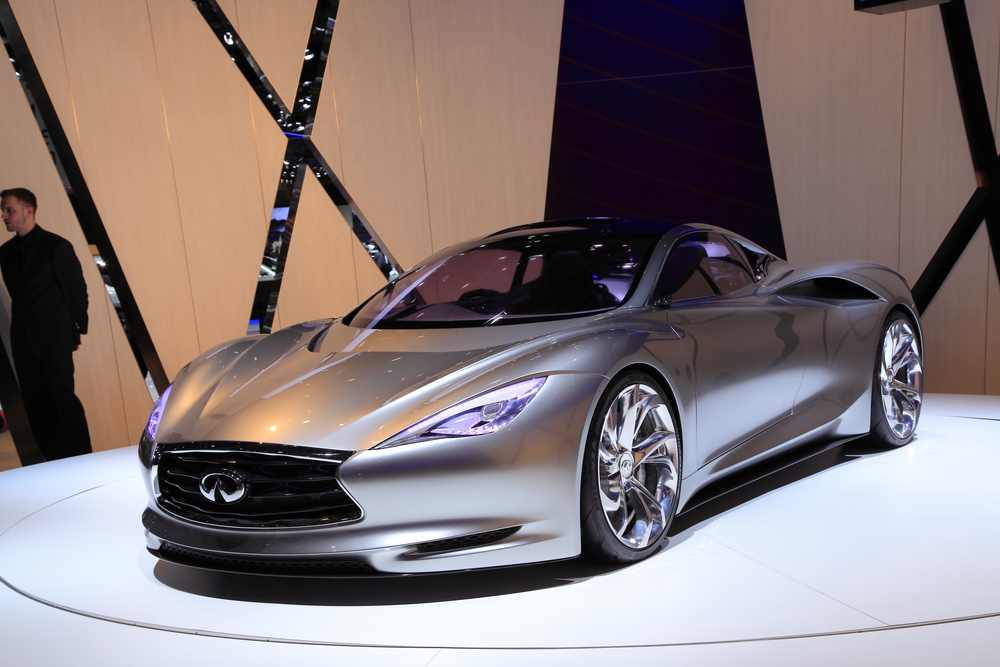
The Infiniti Emerg-E revealed in 2012, was a striking plug-in hybrid sports car concept. Its advanced drivetrain and sleek design promise high performance with environmental responsibility. However, the high costs associated with developing and producing such advanced technology, coupled with Infiniti’s strategic realignment, meant the Emerg-E never saw production. It stands as a symbol of Infiniti’s ambitious but unfulfilled vision for hybrid sports cars.
Maserati Birdcage 75th
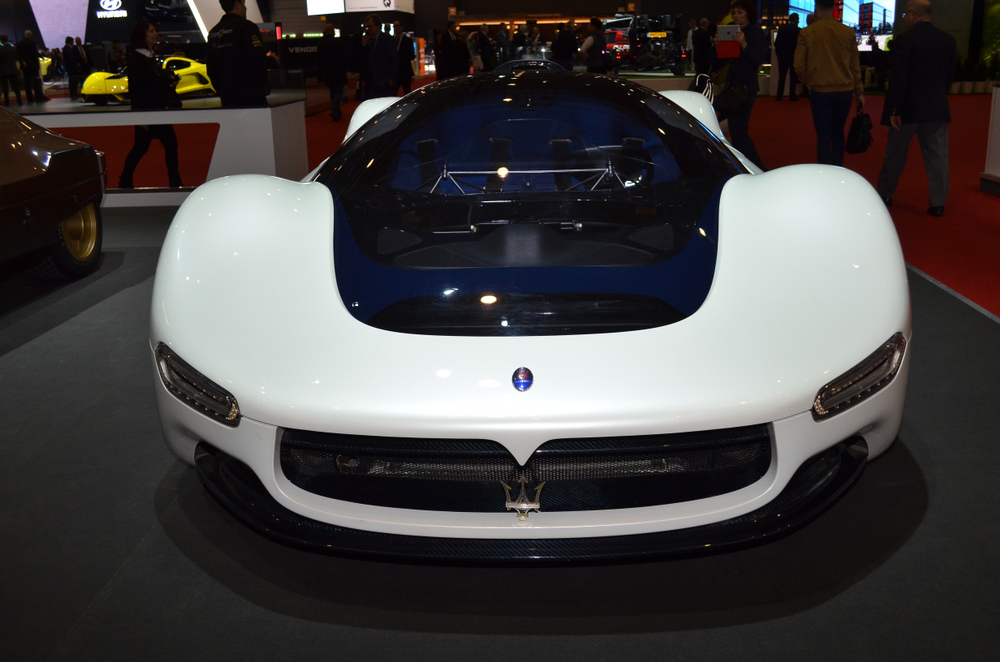
The Maserati Birdcage 75th, unveiled in 2005, was a striking concept celebrating Maserati’s 75th anniversary. Its futuristic design and advanced technology, including a carbon fiber chassis and powerful V12 engine, captivated audiences. However, the Birdcage remained a concept due to its extreme nature and the high costs of production. It remains a highlight of Maserati’s design legacy.
This article originally appeared on MyCarMakesNoise.
More from MyCarMakesNoise
18 Trailblazing Hydrogen Fuel Cell Cars on the Road Today
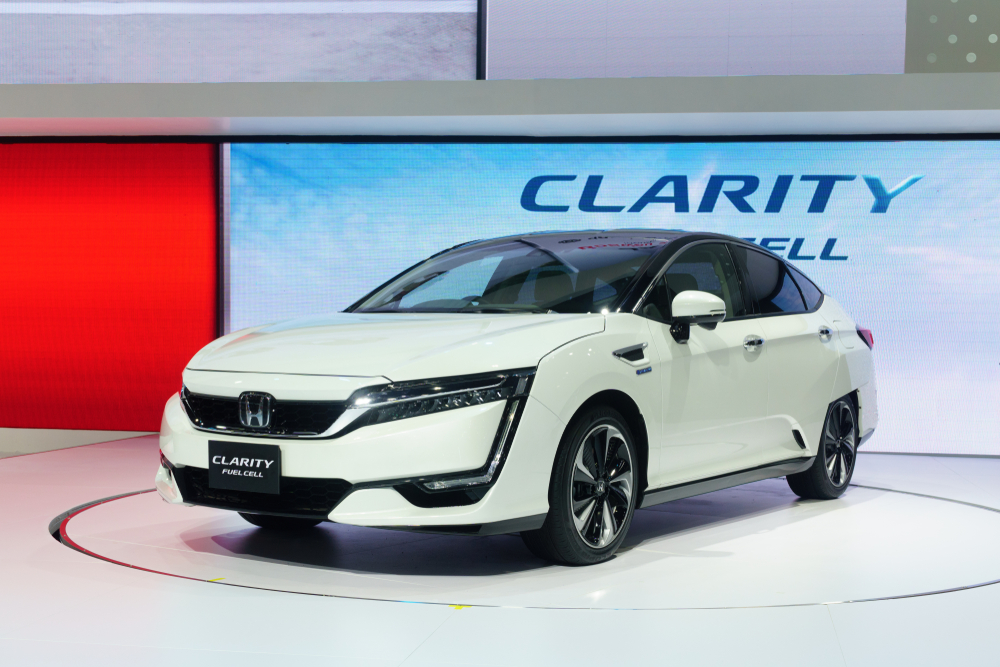
As the world moves towards sustainable energy solutions, hydrogen fuel cell cars are at the forefront of this green revolution. These innovative vehicles offer a glimpse into the future of transportation, combining cutting-edge technology with eco-friendly fuel. Read More.
The World’s 25 Most Bustling Airports and Their Unique Highlights
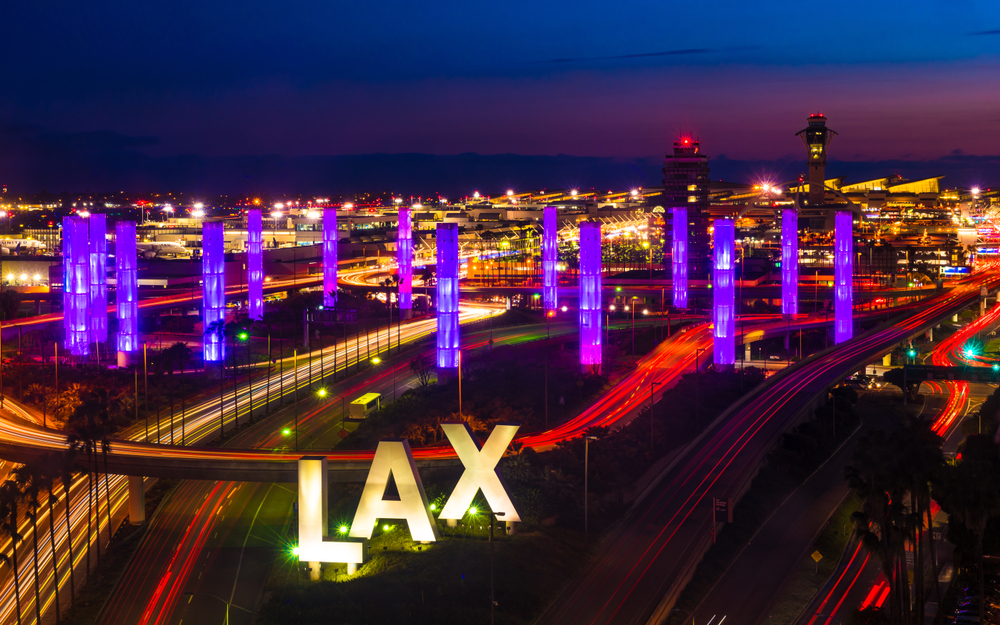
Air travel has become an integral part of our globalized world, connecting people and places like never before. Some airports stand out due to the sheer volume of passengers and flights they handle daily. Read More.
18 Obscure Concept Cars That Never Made It to Market
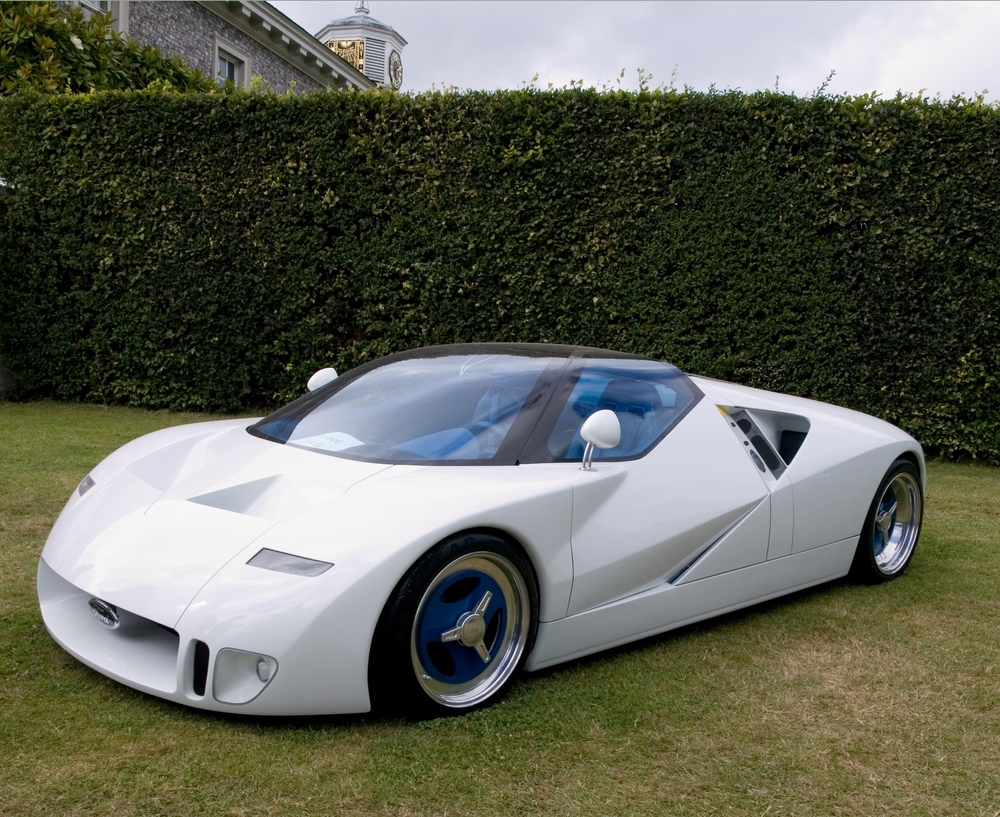
Concept cars often push the boundaries of design and technology, showcasing what the future of the automotive world could look like. However, not all these innovative vehicles make it to the production line. Read More.


